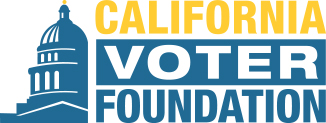Excerpts:
Some candidates nationwide have indicated they will not necessarily accept the results of the 2022 midterm races, and election officials are dealing with harassment. Between 1000-1500 threats have been reported to the Department of Justice in the last year.
“All of this has been a political manipulation,” says Mindy Romero, founder and director of the Center for Inclusive Democracy at the USC Sol Price School of Public Policy. “It started in 2016 in earnest … we saw the president of the United States at the time, and many others since, who’ve really used this for political gain.”
Romero also points to increased political polarization as a cause — seeing people of the other political party as “really just absolutely counter to who we are, and potentially evil.”

